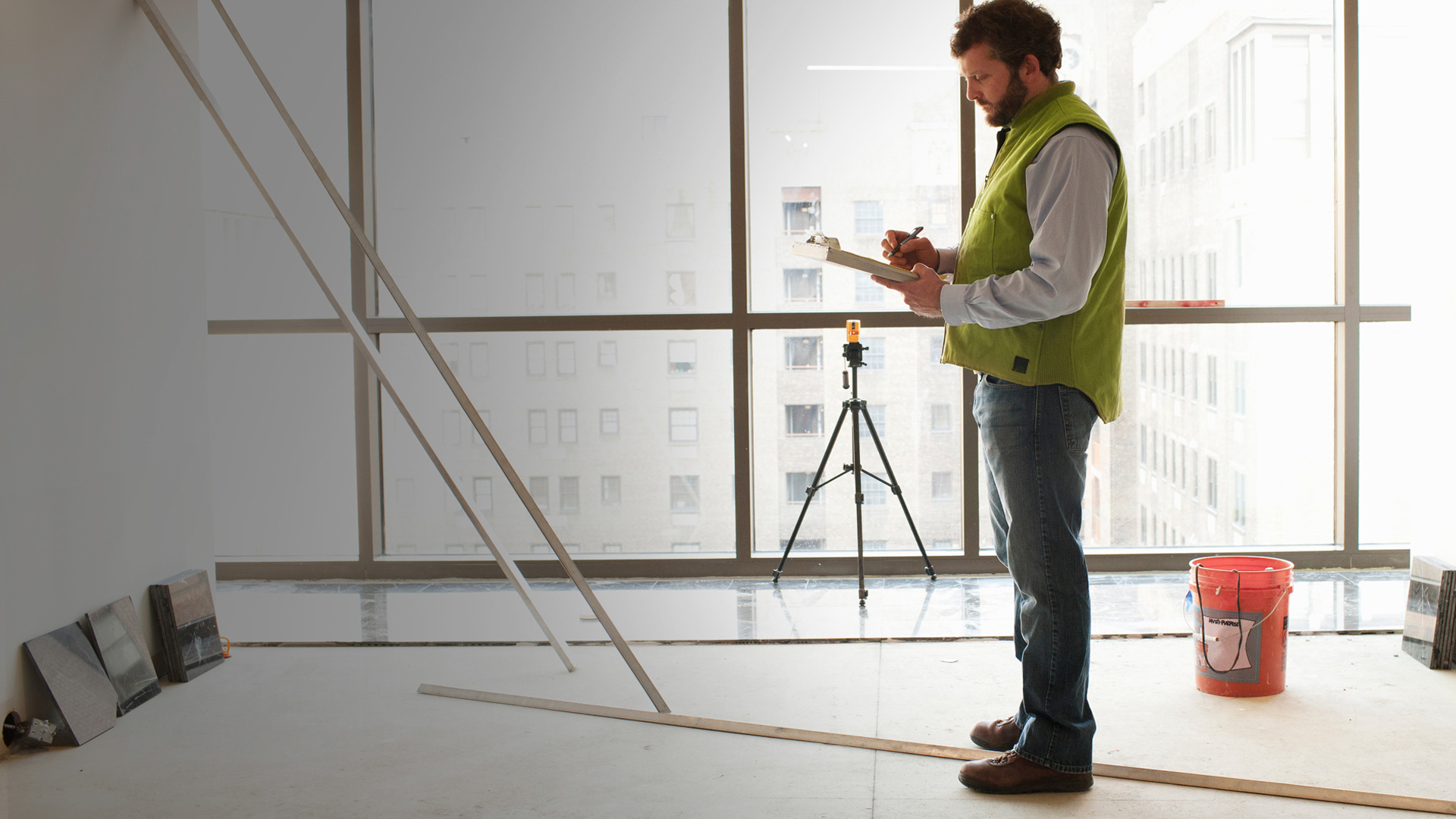What is a building loan and how does it work?
What is a building loan and how does it work?
Staff writer
2 mins
With a building loan you can build or renovate your dream home.
Have you ever dreamt about finding the right piece of land to build your dream house? Wouldn’t it be great to stamp your creative design flair on the aesthetics of the whole project? Well, if you have a steady income and you’re ready to enter the property market, you don’t have to house hunt, hoping to stumble on something that suits your personal taste perfectly.
Instead, you could look at land for sale in new residential developments and when you find the right spot, build exactly the home you want, with a building loan from the bank. Or you could find a house that is going cheap because it needs lots of TLC and renovate it however you like.
You can use a building loan to build a house from scratch, usually on vacant land, or to revamp an existing property. After a building loan is approved, the bank registers a bond on the property being built. The bond serves as security for the money paid for the construction. So, by the time construction work starts, a title deed will already be in place.
Getting the paperwork done
As with all loans, the bank will first check your credit record to make sure that you have enough money after covering your expenses and debt to pay your new loan instalments. And in addition to qualify for a building loan, you and the builder must have a written contract, explaining what each party is responsible for and what they expect in exchange. Your application must also include a quote for the cost of construction that you and the builder have agreed on, as well as building plans that the municipality has approved. Your application will most likely include a sales agreement for the land where you plan to build your home.
Make sure that your builder has contractor all-risk insurance
It’s also a requirement that the builder is registered with the National Home Builders Registration Council (NHBRC) to ensure that the work conforms with the council’s building guidelines. To protect you, the bank only pays the contractor after each phase of the building is completed to your and the bank’s satisfaction. The bank makes 4 progress payments to the builder, usually at intervals of 25%, on your instruction. You won’t have to deal with the headache of a contractor who disappears with your money while the work is yet to be completed.
Safeguarding construction
Anything can happen during construction, so make sure that your builder has contractor all-risk insurance, which covers material damage and third-party injury during construction. It covers natural disasters like fire, lightning, flood and storms too.
Whether you want to renovate a property, build extra rooms or create your dream home from scratch, a building loan can help. It ensures you the services of a reputable, NHBRC-registered builder with adequate insurance cover, as well as quality inspections at each stage of construction to make sure you’re getting what you pay for.
Learn more about getting a building loan with Nedbank.
This article is for general information only and does not constitute financial advice under the FAIS Act. Nedbank accepts no liability for any loss arising from reliance on this content. Please consult a qualified advisor before making financial decisions.








